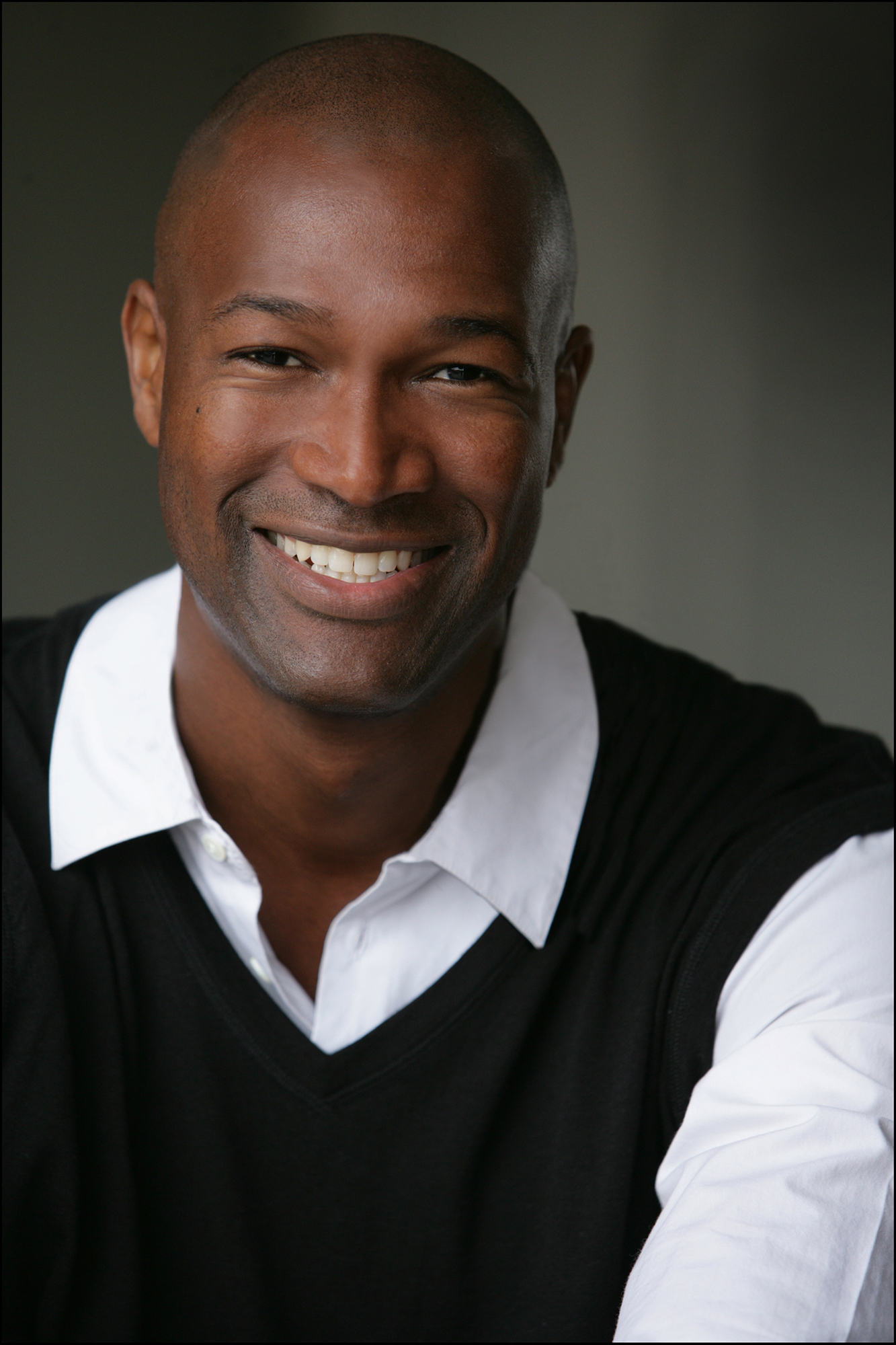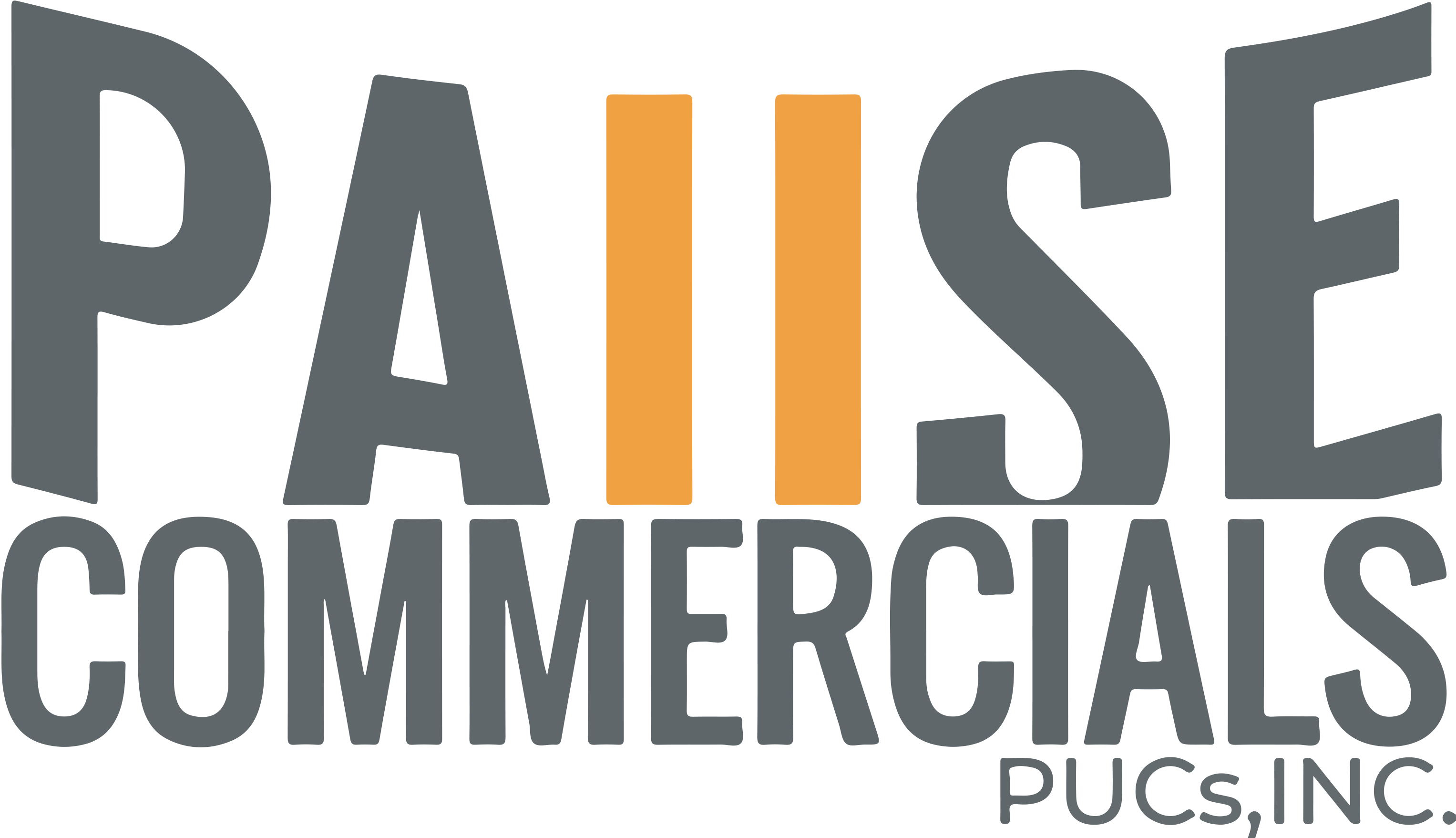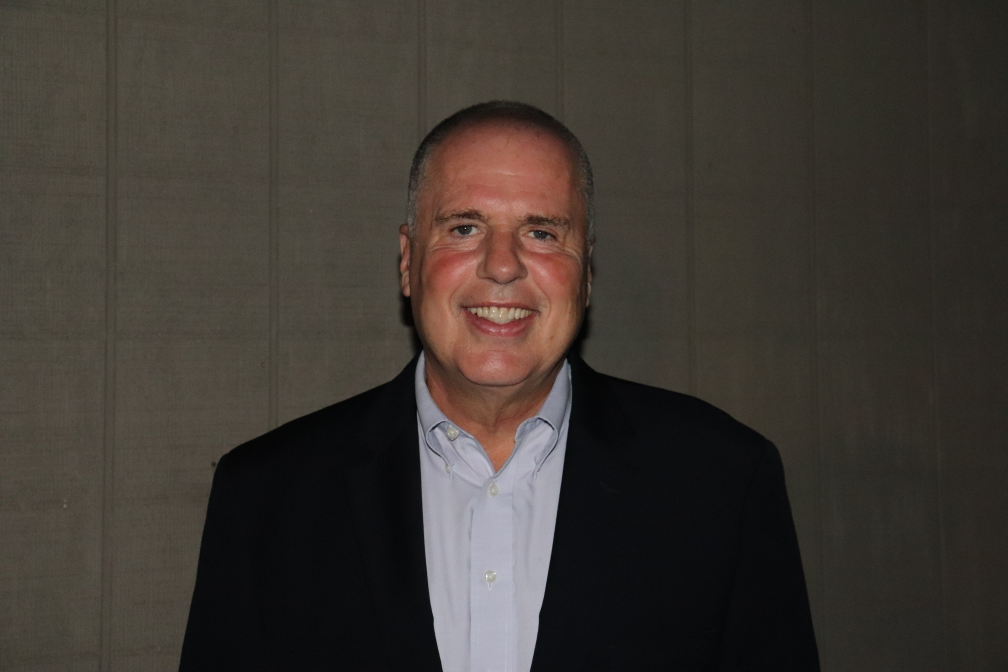Fall TV 2020: An Easier Alternative for Commercials Via PUCs
Charles Johnson, CEO and founder of Pause Commercials, Inc., previews his discussion at the upcoming session The Great Monetization Debate – Subscription vs. Ad-Supported at the Streaming TV Summit virtual event at Fall TV 2020
In search of fresh ways to engage and attract consumer attention where consumers are increasingly resistant to sitting through a traditional commercial break, Pause Commercials, Inc. (or “PUCs as in the original name of the company, Pop Up Commercials) offers an alternative. Founded by Charles Johnson in 2017, PUCs delivers customized video and display “pause ads” across premium over-the-top (OTT) environments.

“If you are watching a streaming service, you press pause and that’s when the ad pops up. It’s really that simple,” said Johnson. “So many of us enjoy the free content options from streaming services, yet we still get annoyed when ads interrupt our viewing experience. Here we let them dictate when the ads appear and vanish. PUCs’ goal is to generate an incremental revenue stream for publishers with ad supported business models in film, TV, audio, and gaming by complementing traditional pre-, mid-, and post-roll options.”
Just this month, the United States Patent and Trademark Office (USPTO) issued a patent relating to Pause Commercials, Inc. proprietary process technology for pause ads in the over-the-top (OTT) media space.
PUCs are currently available for instream iOS, Android, and web advertising, and will be available on CTV platforms including Apple TV, Amazon Fire, and Samsung in first quarter 2021.
We spoke to Charles Johnson about the key issues that involve Pause Commercials, Inc. now and in the future.
Johnson will appear as a panelist on The Great Monetization Debate – Subscription vs. Ad-Supported during the Streaming TV Summit virtual event at Fall TV 2020.
Q: What were you doing prior to Pause Commercials, Inc. that led you to tackle this startup?
NEXT TV NEWSLETTER
The smarter way to stay on top of the streaming and OTT industry. Sign up below.
Charles Johnson: I started out in film and television; I was a writer for television for a few shows on ABC and UPN, and I had a couple of development deals. When the writer’s strike hit, I saw how the business was changing and I decided to learn film and distribution because that is really the backbone of the entertainment business. When I realized I knew Hollywood business but not business in general, I went back and got my MBA in Finance and Entrepreneurship from Pepperdine University. Right around that time Netflix was really beginning to make an impact, and I was seeing that content was being distributed completely differently than before. So, I decided to focus on the ad-supported side of Hollywood, which led me into where we are right now.

Q: What are you looking forward to most out of this conversation? Where are you expecting the conversation to go, and what would you hope audiences will glean from it?
C.J.: We are an option that allows the subscriber to dictate when the ads pop up and when they go away. It’s less frustrating for the subscriber, yet it still makes money for the streaming service when the person consuming the content does press pause. Right now, the advertising space mainly operates via the traditional ways, and we now are essentially the new fourth option. We operate under certain rules; when the ad is up there for a certain amount of time, for example, no matter how many seconds, it is counted as an impression that is paid to the publisher. Our goal, in any length spot, is to make the ad experience as painless and simple for the consumer as possible, while offering ways to monetize it.
Q: How specifically has COVID-19 impacted your business model?
C.J.: Ironically, the pandemic has actually given us the opportunity to connect with streaming services and publishers easier than before. But because this is really the “Wild Wild West” and no one outside of Hulu has been successful with deploying pause ads (and we are really the only company also doing video pause ads), some of smaller streamers are hesitant to change their model for fear of running the subscribers off. There is a lot of interest in what we offer, but convincing them to make any kind of change has been our biggest challenge.
Q: Who does Pause Commercials specifically compete with?
C.J.: Right now, Hulu is the 300-pound “Gorilla in the Room” because they successfully launched pause ads. Peacock just announced it will be doing pause ads, and word is that Roku will be offering them as well. But, in these cases, they already have their own content. So, all they have to do is go out and find the advertisers. We don’t have content; we are not looking for content; and we don’t want to be in that business. We are essentially the middleman and offer pause ads to anyone that doesn’t have it. And we make sure when you press pause you are getting the relevant ad served to you.
Basically, we have to go out and find publishers that want to have pause ads through us, and we have to establish relationships with both sides. It’s been easier on the ad platform side than it has been on the streaming server or demand side, but the patent we just received will certainly make it easier for us going forward.
Q: Do you think our business will eventually morph into all digital?
C.J.: I can’t say that it will all go digital everywhere, at least not now. Only time will tell. But it will certainly be the majority.
Personally, I currently have three televisions in my house. Two have cable boxes that show my Spectrum cable, and in the third television I just download the app on my smart phone and go through that. If the smart television takes off and people get comfortable with that, and not have any internet problems and are willing to pay those internet costs, who knows what could happen.
Marc Berman is editor-in-chief for media-centric The Programming Insider (programminginsider.com), which pioneered the email newsletter format at its inception in 1999. Marc has written for a wide range of publications including Broadcasting + Cable, Next TV, Forbes, Newspro, Campaign US, The Hollywood Reporter and Variety. Known as “Mr. Television” at Mediaweek (now Adweek), Marc has appeared on camera on Entertainment Tonight, Extra, Inside Edition and CNN and MSNBC, among other series and outlets. He is a member of The Television Critics Association and The Broadcast Journalists Television Association. And Marc put his TV historian hat on as author of desk calendar Today in TV History.

